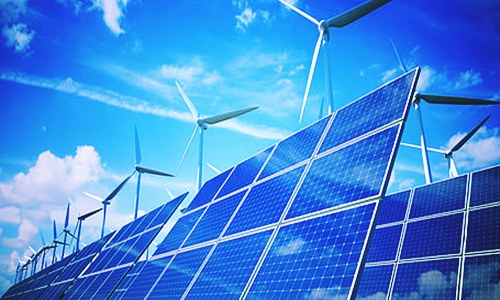
The latest annual report from The International Energy Agency (IEA) on renewables reportedly forecasts that about 1.3 terawatts of extra clean energy would be installed across the globe by 2023. The agency predicted the global renewable energy capacity to grow by one terawatt in its most conservative central forecast, which will be driven by a surge in solar installations and increasing government policies. Apparently, the IEA states that solar, wind and hydro energy would continue to replace coal and natural gas over the next five years. Hydropower is predicted to rise 12 percent in the next five years and would continue to be the largest source of renewable electricity generation by 2023. Wind output is forecasted to grow by 7 per cent while solar power is expected to triple and overtake bioenergy, becoming the third-largest source of renewable energy. Further from the reports, the IEA said that China would be responsible for 41 per cent of global renewable growth, overtaking the EU, by adding 438 gigawatts of clean energy to become the largest consumer of green energy in the world. Around half of the total power consumption by Brazil would, supposedly, be coming from renewables by 2023, most of which would come from bio and hydro energy. Fatih Birol, executive director of The International Energy Agency said in a statement that the modern bioenergy is a giant of the renewable energy field which everyone failed to notice. Birol continued saying that the agency expects modern bioenergy to continue leading in this field and sees great prospects in the future. Industry experts claims that the IEA considers modern bioenergy as a blind spot of the renewable energies even after accounting for 50 per cent of all clean energy consumed in 2017. Modern bioenergy that includes wood pellets, gas from anaerobic digestion and liquid fuels produced from plants is seemingly used in heating buildings in industries, claim sources.




